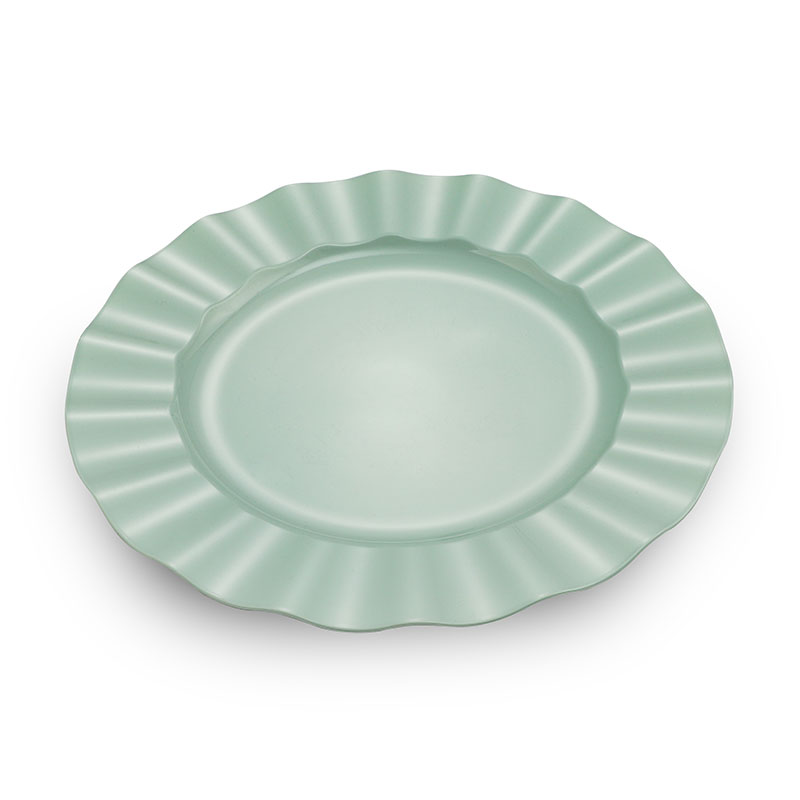What are the material advantages of plastic plates?
2025-05-06
As a common daily tableware, plastic plates have significant advantages in many scenarios. Plastic plates are usually made of thermoplastic materials such as polypropylene or polyethylene. These polymer compounds give the products the characteristics of lightness and durability.
Compared with ceramic or glass utensils, plastic plates are extremely light, making them easier to carry and transport for family gatherings or outdoor picnics. They are especially suitable for children and reduce the risk of accidental breakage. At the same time, the material of plastic plates has excellent impact resistance and flexibility. They are not easy to break even under collision or extrusion, and their service life is significantly extended, which can meet the needs of frequent use.
From a practical point of view, the surface of plastic plates is smooth and not easy to absorb oil stains. The cleaning process is more efficient. Even if stubborn stains are attached, they can be quickly cleaned by simply wiping or rinsing with warm water. This feature makes it popular in high-frequency use scenarios such as fast food restaurants and canteens.
The material of plastic plates is acid-resistant, alkali-resistant and high-temperature-resistant. Some products can even withstand microwave heating, further expanding its application range. In terms of cost control, the raw materials used to make plastic plates are cheap and the scaled manufacturing efficiency is high, which makes their market price more affordable and an economical daily choice.
It is worth mentioning that the advancement of modern production technology has made plastic plates more diverse in appearance design. Through injection molding technology, rich colors and shapes can be achieved to meet the aesthetic needs of different occasions. Whether it is fun themed tableware for family gatherings or simple style for formal banquets, plastic plates can provide adaptation solutions. In terms of environmental protection, some plastic plates are made of recyclable materials, and combined with garbage sorting measures, they can alleviate the impact of traditional plastic products on the environment. These comprehensive advantages make plastic plates continue to occupy an important position in contemporary life.





